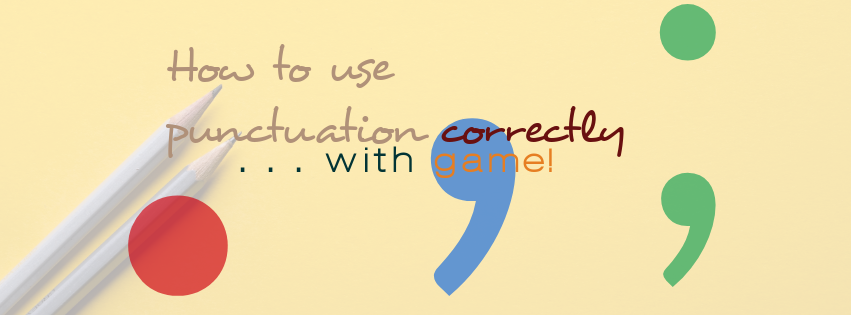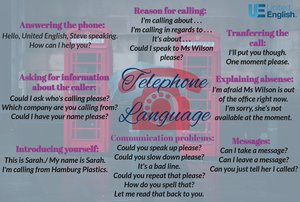Before we begin: “.” is called a period in the United States and a full-stop in the UK. As I’m British, I’ll call it a full-stop.
Everyone, myself included, often stops at some point and tries to work out if they need a full-stop or a comma or, if they are feeling particularly brave, maybe even a semi-colon. Often, these decisions end up being made on the basis of intuition or gut-feeling and these aren’t always reliable. So I’m going to offer what I hope is a quick and simple guide to correct punctuation.
What is a clause?
If we are going to understand how to punctuate, we need to know what a clause is. Once we understand this concept, punctuation is fairly simple – indeed, understanding all grammar, in any language, becomes much more straightforward. Fortunately, clauses are not complicated.
A clause contains a combination of a subject and a verb. That’s it. If you have a new subject, you’re in a new clause. Let’s look at some examples:
- I want chocolate.
This is a very simple clause. It has the subject I and the verb want.
- I want to eat chocolate.
This is very similar. However this time we have two verbs, want and eat. You may think that this means that there are two clauses, but there is no new subject with eat, so it’s not a new clause.
- I think that he will come.
Here we have a slightly more complicated construction. Because there are two subjects I and he, we know that we have two clauses.
How about this example:
- I want him to give me chocolate.
Now this is a little more complicated. In many languages, including Spanish, this would be treated as two separate clauses but if we notice him is not a subject, it’s an object pronoun. Without going into too much detail, if there is a to between the person and the action, it’s not a new clause. The example above is therefore just one single clause.
How to use a full-stop
The full-stop should be your default choice. Once a clause is finished, we use a full-stop unless there is a word to link it to the next clause. We will see some of these shortly.
It seems to be fairly intuitive when a clause is finished. I rarely see mistakes of this kind, however just to be sure, let’s see an example.
- I know you will like him.
Here, we come to a new clause with you but, as this clause represents the thing that you know we don’t need a full-stop. We can’t finish the sentence until we know what know refers to. Once this verb is satisfied, we can finish the sentence, unless we add a linking word.
The most common mistake that I see – and I do see it a lot – is that people use commas where the should use full-stops. Rarely, if ever do I see mistakes with commas being missed out.
How to use a semicolon
Maybe your clause is over but you feel that the next thing that you want to write is very closely related and so they should be joined. My advice, if you are not confident, is to simply use a linking word and, but, moreover, however, or any other. If you feel adventurous a semicolon may also be an option, though.
- I like my friends; they are good people.
We also use semicolons to separate lists of things that contain commas to avoid confusion. For example:
- I brought my hat, which my mother gave me; my gloves, which I bought yesterday; and my brother’s scarf, which I stole.







